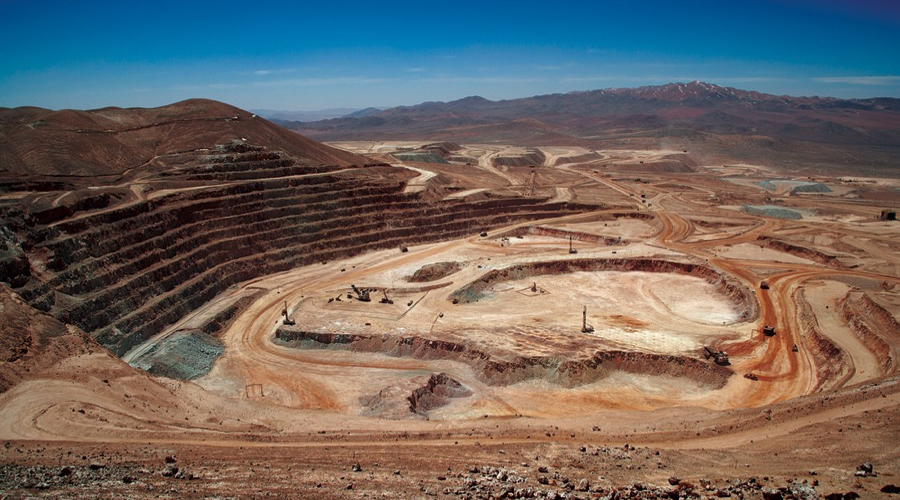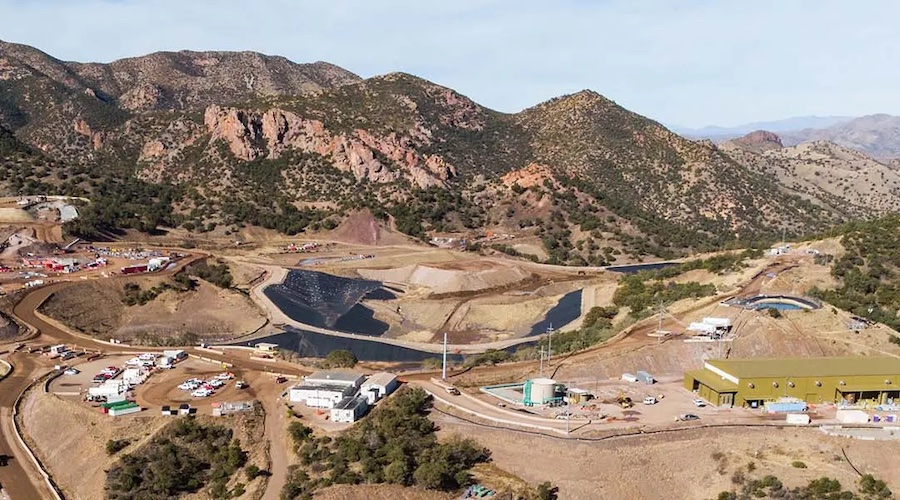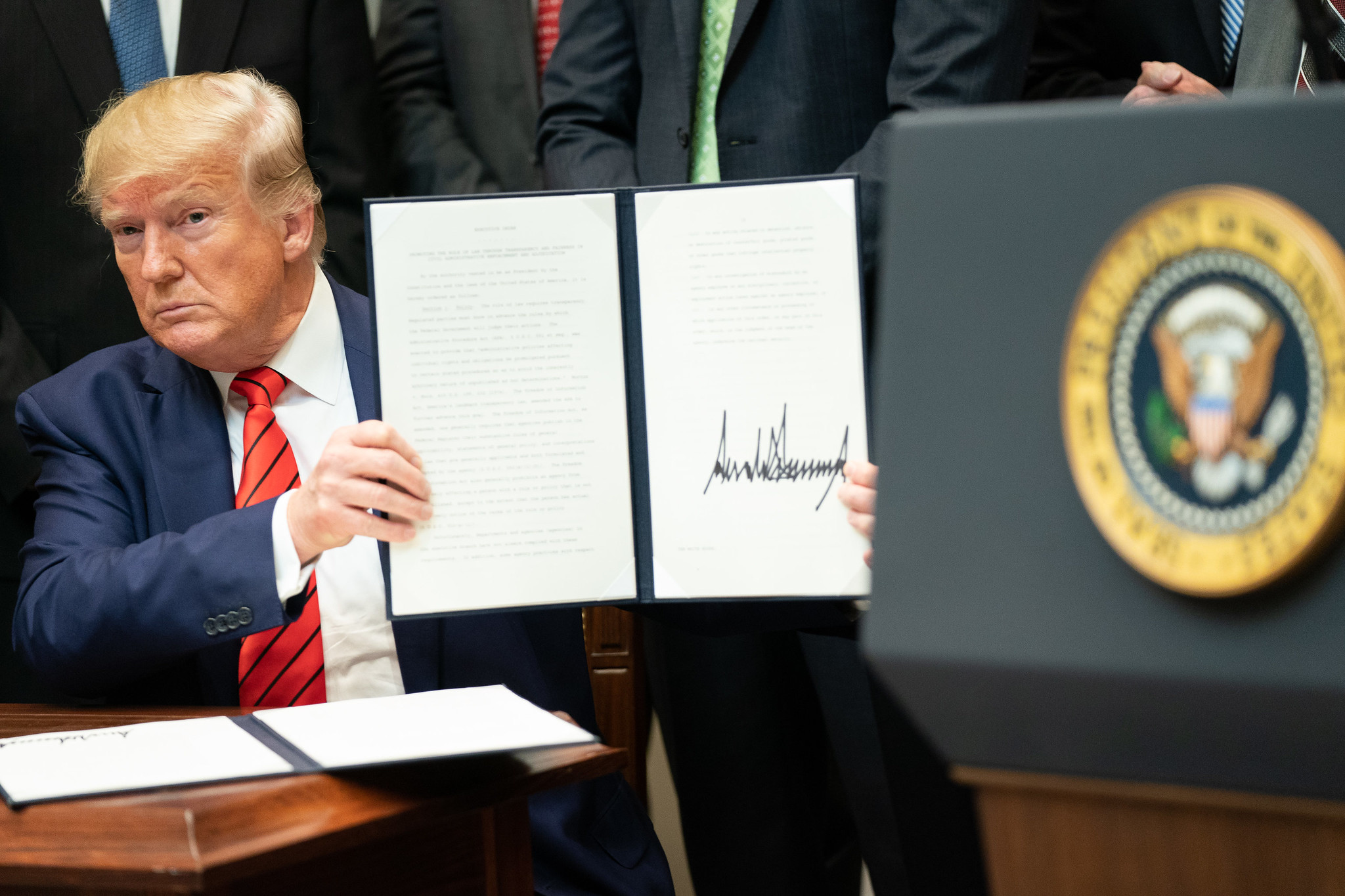Strike at Escondida hurt Rio Tinto copper output

Rio Tinto (ASX, LON:RIO), the world’s second largest miner, said copper output dropped in the first quarter of the year due to a strike at its 30%-owned Escondida mine in Chile and Indonesian regulatory changes.
The mining giant revealed copper production for the first three months of the year slumped 37% compared with the same period last year to 84,200 tonnes, adding it had cut its production forecast for the year to 500,000-550,000 tonnes from an earlier forecast of 525,000-665,000 tonnes.
The miner, however, still expects refined copper production of 185,000-225,000 tonnes.
While the historically long 43-day strike at Escondida copper mine in Chile, the world’s largest, ended on March 24, Rio said production is only expected to reach normal levels by July.
Iron ore exports from Rio’s operations in Australia were also dented by cyclones and bad weather conditions in Q1.
The fresh ban to mineral exports in Indonesia also hit the company’s copper production, with Rio Tinto warning reduced output at Grasberg “may have a significant impact” on its share of production.
“In the absence of an export permit, [the Rio Tinto joint venture with Freeport-McMoRan] has had to reduction production to around 40 per cent to match domestic smelting capacity,” the company said in its a quarterly report.
“This has results in near-term actions to reduce its workforce, significantly reduce costs and reduce and/or suspend capital expenditure on its underground development projects and new smelter,” it noted.
Iron ore exports from Rio’s operations in Australia were also dented by cyclones and bad weather conditions in the period.
Shipments of the steelmaking raw material from the Pilbara region were flat year-over-year at 76.7 million tonnes, said Rio, but down 13% on the prior quarter. Still, the company stills expects output from the operations of between 330 million and 340 million tonnes this year.
In other commodities, Rio Tinto said aluminum output climbed 2% to 889,000 tonnes for the quarter, but it was down 3% when compared to the prior quarter. Coking coal production was down 20% on-year and 28% lower on-quarter at 1.58 million tonnes, but thermal coal output was up 4% on-year and down 1% on-quarter at 5.18 million tonnes.
“Despite challenging weather conditions at our West Australian and Queensland operations, we delivered solid production in the first quarter,” Chief Executive Jean-Sebastien Jacques said.
More News
South32 breaks ground on remote operating center at Hermosa project in Arizona
April 24, 2025 | 04:20 pm
{{ commodity.name }}
{{ post.title }}
{{ post.date }}



Comments